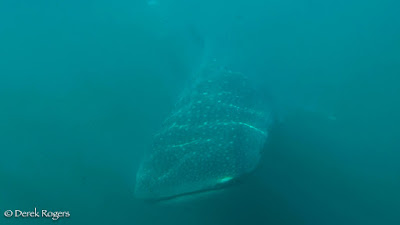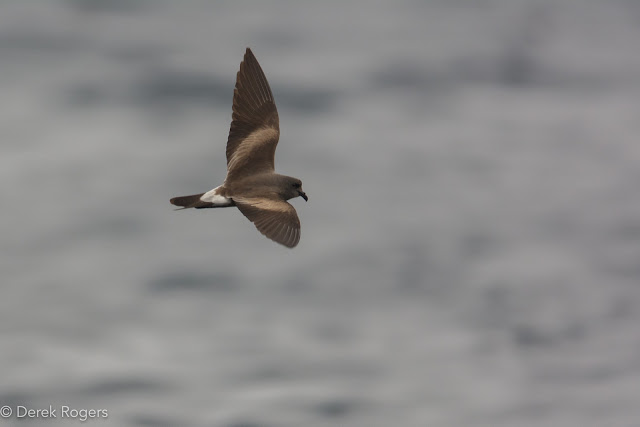West Coast Harlequin Duck migrates to East Coast.

6 January 2018 was one of the most frigid birding days I can remember along the beaches of Long Island. I visited Shinnecock Inlet, where the outgoing tide sucked miniature ice floes into the ocean and wind chill temperatures dipped below -10°F. The region was nearing the end of a prolonged cold snap that locked up most of the Island’s beaches and bays in a thick layer of ice. For the first time in many years, portions of the South Shore bays were completely frozen from the mainland to the barrier beach which forced congregations of waterfowl into the free-flowing ocean and inlets. There wasn’t an overwhelming amount of birds in the inlet on this day but an immature male Harlequin Duck caught my attention. Harlequin Ducks have been declining throughout the years and are becoming scarce on Eastern Long Island, even at traditional locations such as Shinnecock Inlet. Despite the blustery conditions, I was able to capture a series of photos of the young male Harlequin from at



